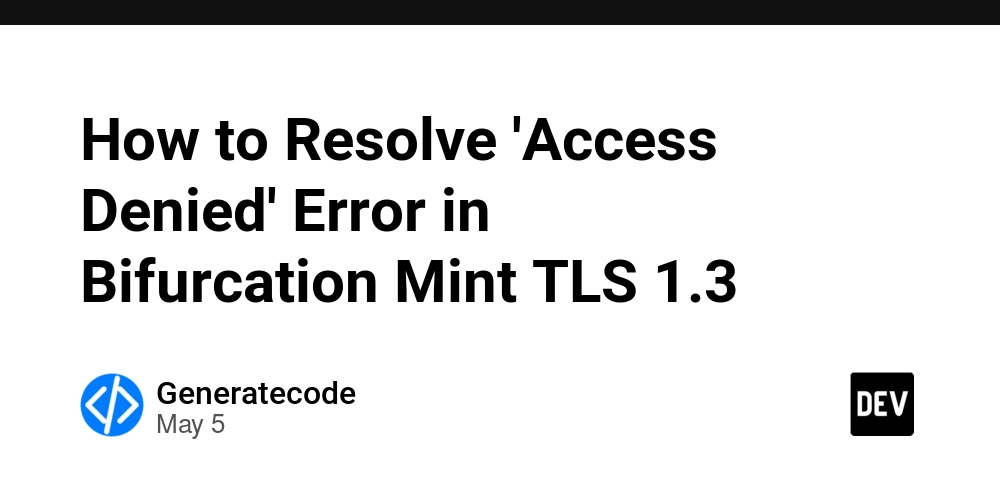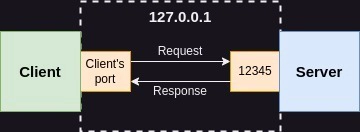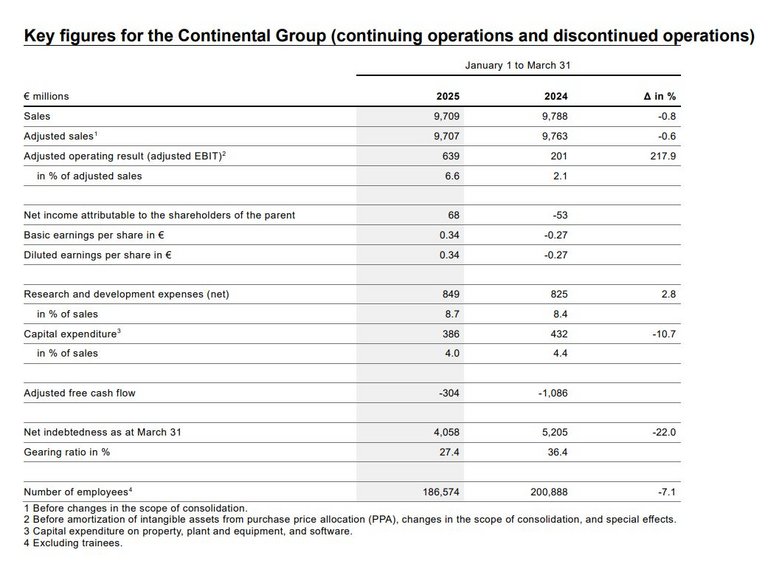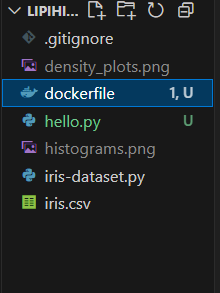How to Resolve 'Access Denied' Error in Bifurcation Mint TLS 1.3
Introduction When working on a research project involving the bifurcation mint TLS 1.3 library in Go, encountering errors during TLS handshakes can be frustrating. One such error is the “access denied” alert during a TLS 1.3 handshake, which has left many users wondering what could be wrong. This article explores the potential causes of this issue and offers solutions to resolve it while optimizing for 0-RTT key exchange mechanisms. Understanding the TLS Handshake The TLS handshake is essential for establishing secure communication channels between a client and a server. It involves exchanging cryptographic parameters and authenticating each participant. In your case, the handshake is failing, resulting in a hex error: 0x6163636573732064656e696564, which translates to “access denied.” Here are several reasons why this issue might occur: Mismatched Configurations: TLS settings on both the client and server must match precisely. Any discrepancy can trigger an access denial response. Client Authentication: If the server requires client authentication, the absence of proper certificates or credentials can lead to this error. It is crucial to check the RequireClientAuth setting in your server configuration. Cipher Suite Issues: Ensure that both the client and server support compatible cipher suites. Discrepancies in the supported cipher suites can prevent the handshake from succeeding. Invalid Certificates: Even if using self-signed certificates, ensure they are valid and correctly set up. The Common Name (CN) needs to match the server name. Misconfigured 0-RTT Parameters: When enabling 0-RTT, it's essential that the configurations on both ends support it without error. 0-RTT can introduce various pitfalls if not properly handled. Step-by-Step Solutions to Troubleshoot the Error To help you diagnose and mitigate this issue, let’s walk through some structured troubleshooting steps, backed by code examples for clarity. 1. Check TLS Configurations Ensure that both client and server configurations align perfectly: // Server Configuration conf := &mint.Config{ ServerName: "localhost", Certificates: []*mint.Certificate{ { Chain: []*x509.Certificate{cert}, PrivateKey: priv, }, }, SupportedVersions: []mint.TLSVersion{mint.TLS13}, CipherSuites: mint.DefaultCipherSuites(), Enable0RTT: true, AllowInsecureHashes: true, RequireClientAuth: false, Groups: []mint.NamedGroup{mint.X25519}, SignatureSchemes: []mint.SignatureScheme{ mint.SignatureSchemeRSA_PKCS1_WITH_SHA256, }, } // Client Configuration conf := &mint.Config{ ServerName: "localhost", InsecureSkipVerify: true, SupportedVersions: []mint.TLSVersion{mint.TLS13}, CipherSuites: mint.DefaultCipherSuites(), Enable0RTT: true, Groups: []mint.NamedGroup{mint.X25519}, SignatureSchemes: []mint.SignatureScheme{ mint.SignatureSchemeRSA_PKCS1_WITH_SHA256, }, } Make sure that the ServerName and certificate configurations are appropriately matched. 2. Disable 0-RTT Temporarily To isolate the issue, disable the 0-RTT feature on both the client and server temporarily: conf.Enable0RTT = false Test if the issue persists without 0-RTT enabled. This can be an indicator if the 0-RTT settings are misconfigured. 3. Log Detailed Error Messages Add debugging logs to both client and server code to help pinpoint the issue. Logging values of handshakes and session parameters can provide more context on potential discrepancies: fmt.Println("Server Configuration: ", conf) fmt.Println("Client Configuration: ", conf) This will allow you to see the configurations as they are at runtime. Frequently Asked Questions Q1: Why am I getting “access denied” errors even with valid configurations? A1: There may be minor mismatches in configurations, cipher suites, or required certificate validations that can trigger this alert. Check your logs closely for clues. Q2: What is the best way to ensure compatibility in TLS configurations? A2: Always reference the latest version of the protocol in the documentation of your TLS library and ensure that both client and server settings match perfectly. Preferably use secure, vetted function calls to minimize errors. Q3: Can using self-signed certificates cause handshake failures? A3: Yes, improper setup of self-signed certificates, such as incorrect CNs or unsupported signatures during negotiation, can lead to these issues. Make sure your certificates are set up correctly to match the server's expectations. Conclusion Dealing with TLS handshake issues, especially when implementing 0-RTT, can present unique challenges. By systematically checking configurations, logging detailed outputs, and temporarily disabling features like 0-RTT, you can identify the root of the problem. Ensure all settings are consistent, from cipher suites to certificates, and you'll enhance the chances

Introduction
When working on a research project involving the bifurcation mint TLS 1.3 library in Go, encountering errors during TLS handshakes can be frustrating. One such error is the “access denied” alert during a TLS 1.3 handshake, which has left many users wondering what could be wrong. This article explores the potential causes of this issue and offers solutions to resolve it while optimizing for 0-RTT key exchange mechanisms.
Understanding the TLS Handshake
The TLS handshake is essential for establishing secure communication channels between a client and a server. It involves exchanging cryptographic parameters and authenticating each participant. In your case, the handshake is failing, resulting in a hex error: 0x6163636573732064656e696564, which translates to “access denied.” Here are several reasons why this issue might occur:
- Mismatched Configurations: TLS settings on both the client and server must match precisely. Any discrepancy can trigger an access denial response.
-
Client Authentication: If the server requires client authentication, the absence of proper certificates or credentials can lead to this error. It is crucial to check the
RequireClientAuthsetting in your server configuration. - Cipher Suite Issues: Ensure that both the client and server support compatible cipher suites. Discrepancies in the supported cipher suites can prevent the handshake from succeeding.
- Invalid Certificates: Even if using self-signed certificates, ensure they are valid and correctly set up. The Common Name (CN) needs to match the server name.
- Misconfigured 0-RTT Parameters: When enabling 0-RTT, it's essential that the configurations on both ends support it without error. 0-RTT can introduce various pitfalls if not properly handled.
Step-by-Step Solutions to Troubleshoot the Error
To help you diagnose and mitigate this issue, let’s walk through some structured troubleshooting steps, backed by code examples for clarity.
1. Check TLS Configurations
Ensure that both client and server configurations align perfectly:
// Server Configuration
conf := &mint.Config{
ServerName: "localhost",
Certificates: []*mint.Certificate{
{
Chain: []*x509.Certificate{cert},
PrivateKey: priv,
},
},
SupportedVersions: []mint.TLSVersion{mint.TLS13},
CipherSuites: mint.DefaultCipherSuites(),
Enable0RTT: true,
AllowInsecureHashes: true,
RequireClientAuth: false,
Groups: []mint.NamedGroup{mint.X25519},
SignatureSchemes: []mint.SignatureScheme{
mint.SignatureSchemeRSA_PKCS1_WITH_SHA256,
},
}
// Client Configuration
conf := &mint.Config{
ServerName: "localhost",
InsecureSkipVerify: true,
SupportedVersions: []mint.TLSVersion{mint.TLS13},
CipherSuites: mint.DefaultCipherSuites(),
Enable0RTT: true,
Groups: []mint.NamedGroup{mint.X25519},
SignatureSchemes: []mint.SignatureScheme{
mint.SignatureSchemeRSA_PKCS1_WITH_SHA256,
},
}
Make sure that the ServerName and certificate configurations are appropriately matched.
2. Disable 0-RTT Temporarily
To isolate the issue, disable the 0-RTT feature on both the client and server temporarily:
conf.Enable0RTT = false
Test if the issue persists without 0-RTT enabled. This can be an indicator if the 0-RTT settings are misconfigured.
3. Log Detailed Error Messages
Add debugging logs to both client and server code to help pinpoint the issue. Logging values of handshakes and session parameters can provide more context on potential discrepancies:
fmt.Println("Server Configuration: ", conf)
fmt.Println("Client Configuration: ", conf)
This will allow you to see the configurations as they are at runtime.
Frequently Asked Questions
Q1: Why am I getting “access denied” errors even with valid configurations?
A1: There may be minor mismatches in configurations, cipher suites, or required certificate validations that can trigger this alert. Check your logs closely for clues.
Q2: What is the best way to ensure compatibility in TLS configurations?
A2: Always reference the latest version of the protocol in the documentation of your TLS library and ensure that both client and server settings match perfectly. Preferably use secure, vetted function calls to minimize errors.
Q3: Can using self-signed certificates cause handshake failures?
A3: Yes, improper setup of self-signed certificates, such as incorrect CNs or unsupported signatures during negotiation, can lead to these issues. Make sure your certificates are set up correctly to match the server's expectations.
Conclusion
Dealing with TLS handshake issues, especially when implementing 0-RTT, can present unique challenges. By systematically checking configurations, logging detailed outputs, and temporarily disabling features like 0-RTT, you can identify the root of the problem. Ensure all settings are consistent, from cipher suites to certificates, and you'll enhance the chances of achieving a successful TLS handshake with the mint TLS 1.3 library in Go.
![Best Areas in Gurgaon for Investment - PropXchange Property Listings [2025 Guide]](https://newsworldstream.com/uploads/images/202505/image_430x256_6819e634962a9.jpg)









































































![Is this too much for a modular monolith system? [closed]](https://i.sstatic.net/pYL1nsfg.png)




